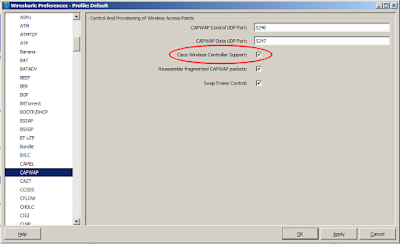Which 5GHz Channels Does My Device Support?

I've been on a bit of a 5GHz quest recently, trying to get to grips with all of the nuances of supporting WiFi devices on this rather (in my mind) troubling band. Until fairly recently, it seems that the default band of choice for many WiFi devices has been 2.4GHz (802.11g/n). But as the whole 'bring your own device' area has exploded, networks require more high-density deployments, 802.11ac is on the horizon and consumer grade devices are starting to support 5GHz in increasing numbers, it looks like 5GHz is going to transition to being the band of choice over the next year or two. However, there seem to be a number of considerations that need to be taken in to account when delving in to the 5GHz 'wonderland'. There are far more non-overlapping channels available (19 in the UK) compared to 2.4GHz (generally 3 channels), which is going to potentially deliver much better performance gains (with the mitigation of co-channel interference, lower noise floor etc.). Ho...

